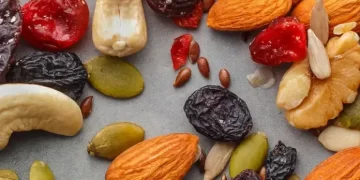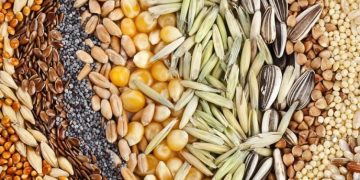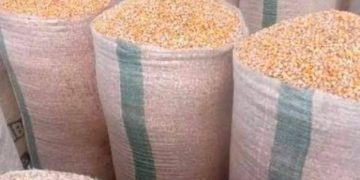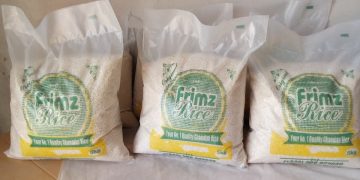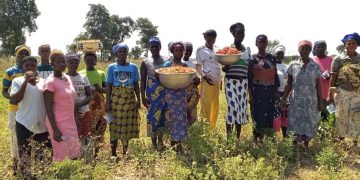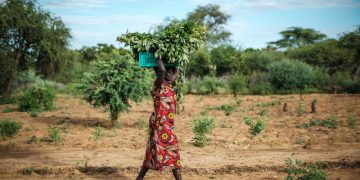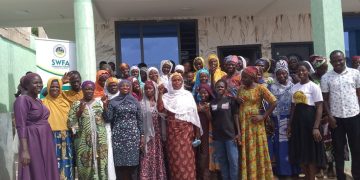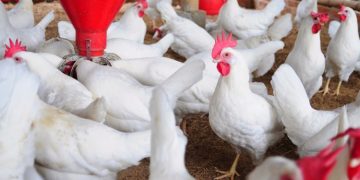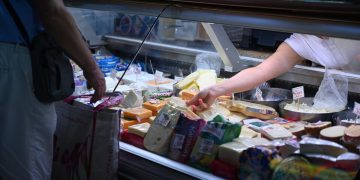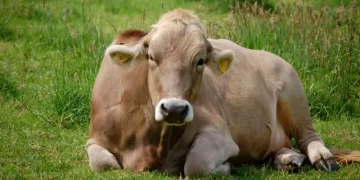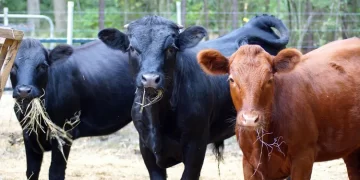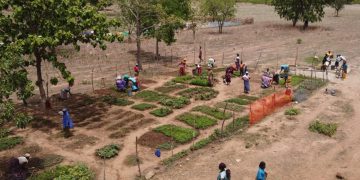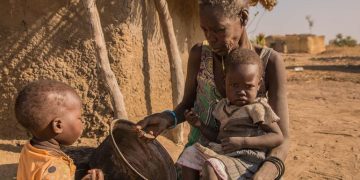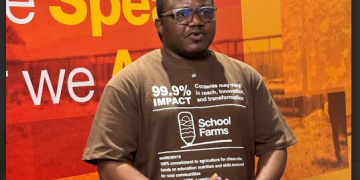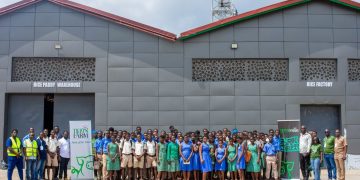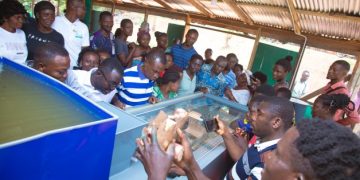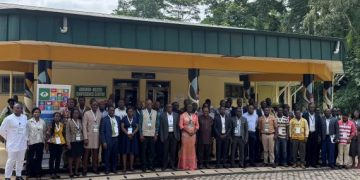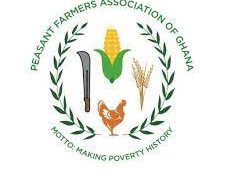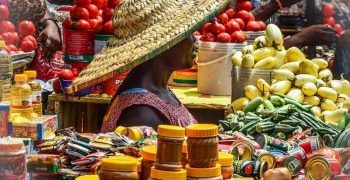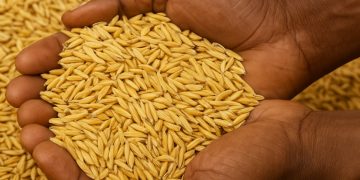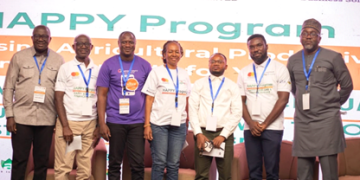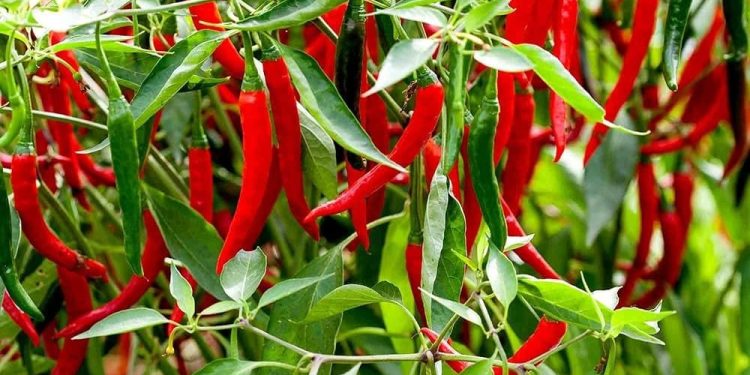Ghana’s chilli pepper export industry is on the path to recovery and growth, with the Ghana Incentive-Based Risk-Sharing System for Agricultural Lending (GIRSAL) projecting $30 million in export revenue within the next three years.
This renewed outlook follows the implementation of a targeted initiative by GIRSAL and partners. This initiative is aimed at restoring Ghana’s position in the international chilli market. The initiative employs net house technology to improve yields, reduce pest infestations, and ensure compliance with international phytosanitary standards.
The Chief Operating Officer of GIRSAL, Samuel Yeboah, has indicated that the project is not only focused on bringing in more money into the country but also making sure to build the capacities of the farmers involved.
“These farmers who are taking part in this project in the first place will have their capacities built. They will learn how to produce chilies under safe conditions more efficiently to be able to develop and scale up their production to the highest level.”
“This project, the first phase alone will be bringing in about $3 million into the country. We hope that in the next three years, we should be getting over $20-30 million from chilli exports alone into the country.” He revealed.
Promising to do everything they can to achieve this goal, Samuel Yeboah ended; ““This aligns with the government’s accelerated export development agenda. We are going to work in partnership with the government agencies to ensure that we achieve this aim.”
Before the 2014 ban by the European Union (EU), Ghana exported approximately 1,903 metric tonnes of fresh chilli peppers annually to the UK alone, generating about $5.2 million per year. The EU ban was imposed due to the presence of quarantine pests. This led to a sharp decline in export volumes and earnings.
To address these challenges, GIRSAL has partnered with key institutions including the Ghana Export Promotion Authority (GEPA), the Food and Drugs Authority (FDA), and the Plant Protection and Regulatory Services Directorate (PPRSD) to develop a commercial production model. The model, based on net house cultivation, has already been piloted successfully in the Greater Accra and Ashanti regions.
Under controlled net house conditions, farmers can achieve yields of up to 12 tonnes per hectare. With potential gross revenue estimated at $48,000 per hectare. GIRSAL projects that expanding production to 100 hectares could result in up to $4.8 million in annual export revenue. Cumulatively, this could surpass $30 million over three years, provided there is adequate investment and sustained market access.
The initiative not only promises increased export earnings but also supports job creation, rural livelihoods, and agricultural diversification. It is part of broader national efforts to boost non-traditional exports and strengthen Ghana’s agribusiness sector.
Stakeholders across the value chain, including commercial farmers, aggregators, input suppliers, and exporters, are being encouraged to participate in scaling up the initiative.
Source: The Ghanaian farmer









